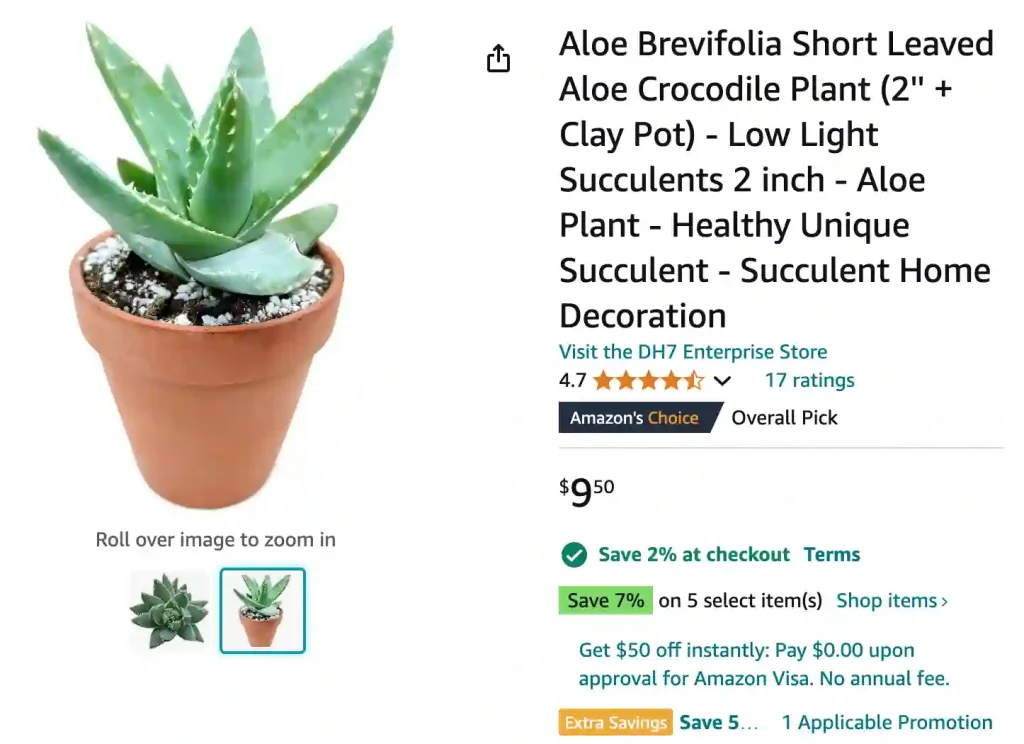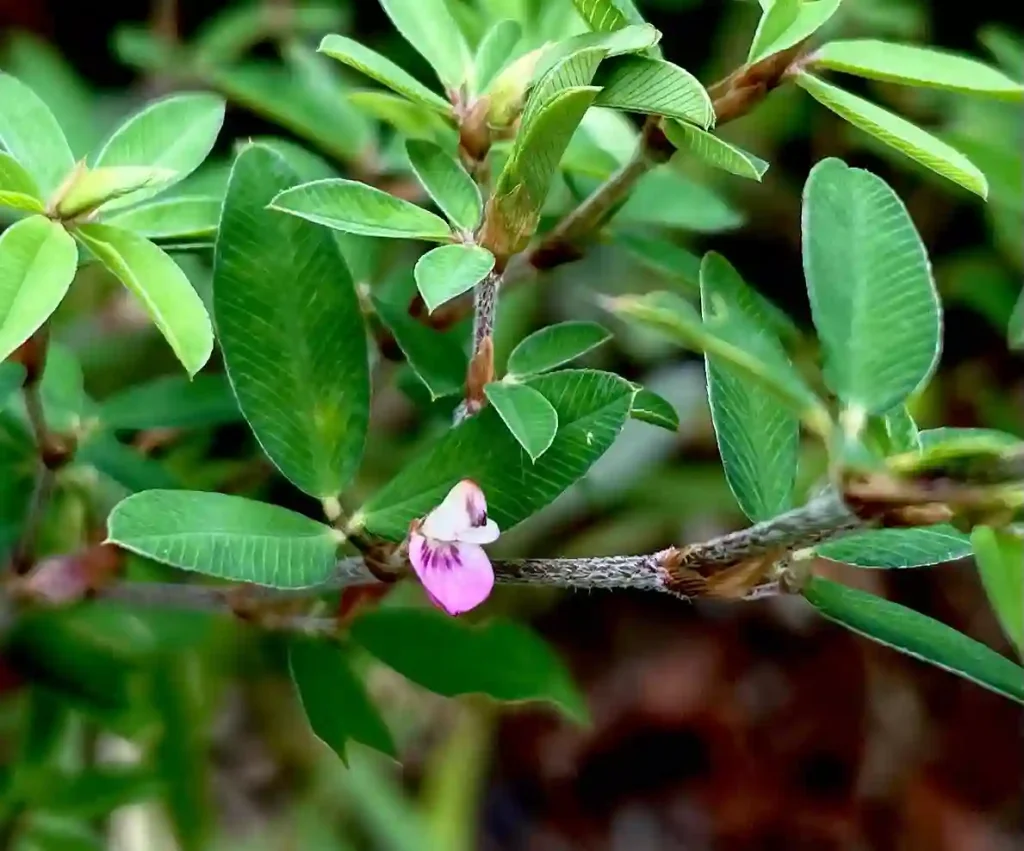
Frequently Asked Questions About Aloe Brevifolia
I’ve always been fascinated by succulents, and Aloe Brevifolia is one of my favorites. This small, compact aloe plant, with its charming rosettes and blue-green leaves, is a popular choice for succulent enthusiasts. Over the years, I’ve learned quite a bit about how to care for it, propagate it, and even use it. In this article, I’ll share my insights into some frequently asked questions about Aloe Brevifolia, covering everything from propagation to its medicinal uses.
605 Species in Genus Aloe
What is Aloe Brevifolia?
Aloe Brevifolia, commonly known as Short-Leaf Aloe, is a small, perennial succulent native to South Africa. Its leaves are thick, fleshy, and often have a bluish-green hue. When exposed to full sunlight, the leaves can develop a reddish tinge, which adds to their visual appeal. The plant forms rosettes and can grow up to 12 inches tall and 24 inches wide, making it an excellent choice for ground cover or container gardening.
How to Care for Aloe Brevifolia?
Caring for Aloe Brevifolia is relatively straightforward, as long as you provide it with the right conditions. Here’s a breakdown of its care requirements:
- Light: Aloe Brevifolia thrives in full sun but can tolerate partial shade. If you’re growing it indoors, place it near a bright window where it can receive at least six hours of sunlight per day.
- Watering: Like most succulents, Aloe Brevifolia is drought-tolerant and prefers to dry out between waterings. Overwatering can lead to root rot, so it’s essential to let the soil dry out completely before watering again. During the growing season (spring and summer), water it once every two weeks. In the dormant season (fall and winter), reduce watering to once a month.
- Soil: Well-draining soil is a must for Aloe Brevifolia. A cactus or succulent potting mix works well. You can also create your own mix by combining regular potting soil with sand or perlite.
- Temperature: Aloe Brevifolia prefers warm temperatures, ideally between 70-80°F (21-27°C). It can tolerate cooler temperatures but should be protected from frost.
- Fertilizing: Feeding Aloe Brevifolia is not necessary, but you can give it a boost by applying a diluted cactus fertilizer once during the growing season.
How to Propagate Aloe Brevifolia?
Propagation of Aloe Brevifolia is easy and can be done in a couple of ways:
- Offsets (Pups): The most common method of propagating Aloe Brevifolia is through offsets or pups, which are small plantlets that grow at the base of the parent plant. To propagate, gently remove the pups from the main plant, ensuring that each pup has its own roots. Let them dry for a day or two to callous over before planting them in a well-draining soil mix.
- Leaf Cuttings: Although less common, you can also propagate Aloe Brevifolia from leaf cuttings. Cut a healthy leaf from the parent plant, let it dry and callous for a few days, then place it on well-draining soil. Water sparingly until new growth appears.
How to Prune Aloe Brevifolia?
Pruning Aloe Brevifolia is not typically necessary, but it can help keep the plant tidy and encourage new growth. If you notice dead or damaged leaves, use a clean, sharp knife or scissors to remove them. Cut the leaves as close to the base as possible without damaging the main plant. Pruning can also be done to remove spent flower stalks once they’ve finished blooming.
Is Aloe Brevifolia Medicinal?
While Aloe Brevifolia shares some characteristics with its cousin Aloe Vera, it is not widely known for medicinal uses. Aloe Vera is renowned for its soothing, healing properties, especially for skin conditions like burns and cuts. Aloe Brevifolia, on the other hand, is primarily grown for ornamental purposes. However, its gel might have similar properties, although it is less commonly used in traditional medicine.
Aloe Brevifolia vs. Aloe Pillansii
When comparing Aloe Brevifolia to Aloe Pillansii, the differences are quite striking. Aloe Pillansii, also known as Giant Quiver Tree, is much larger, growing up to 30 feet tall, with a tree-like appearance. In contrast, Aloe Brevifolia remains small and forms low-lying rosettes. Both are drought-tolerant, but Aloe Pillansii is suited for large outdoor spaces, while Aloe Brevifolia is ideal for container gardening or small landscape areas.
Aloe Brevifolia vs. Aloe Vera
Aloe Brevifolia and Aloe Vera may look similar at first glance, but they have distinct differences. Aloe Vera is larger, with long, slender leaves, and is famous for its medicinal properties. In contrast, Aloe Brevifolia has shorter, thicker leaves and is mainly grown for its decorative appeal. If you’re looking for a plant with medicinal benefits, Aloe Vera is the better choice. For a compact, attractive succulent, Aloe Brevifolia is a great option.
Can You Grow Aloe Brevifolia Indoors?
Yes, you can grow Aloe Brevifolia indoors! It makes a fantastic houseplant due to its small size and low maintenance requirements. Ensure it gets plenty of sunlight by placing it near a south or west-facing window. Rotate the plant occasionally to ensure even light exposure, and remember to avoid overwatering.
Is Aloe Brevifolia Toxic?
Aloe Brevifolia is generally considered non-toxic to humans but can be mildly toxic to pets if ingested. It can cause vomiting, diarrhea, and lethargy in dogs and cats. It’s best to keep the plant out of reach of curious pets to avoid any potential problems.
Common Problems with Aloe Brevifolia
Aloe Brevifolia is a hardy plant, but like all succulents, it can face some issues:
- Overwatering: This is the most common problem. Overwatered plants may develop root rot, which can be fatal if not addressed promptly. Ensure proper drainage and allow the soil to dry out between waterings.
- Pests: Aloe Brevifolia can occasionally attract pests like aphids and mealybugs. Regularly inspect your plant and treat infestations with insecticidal soap or neem oil.
- Sunburn: While Aloe Brevifolia enjoys the sun, too much direct sunlight can cause the leaves to scorch. If you notice browning or burnt leaves, move the plant to a spot with filtered light.
Aloe Brevifolia is a delightful and easy-to-care-for succulent that can brighten up any space. Whether you’re a seasoned gardener or a beginner, this plant is a joy to have in any collection.
If i die, water my plants!



